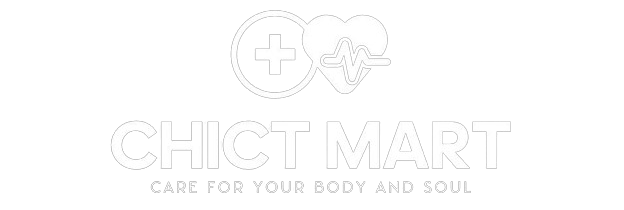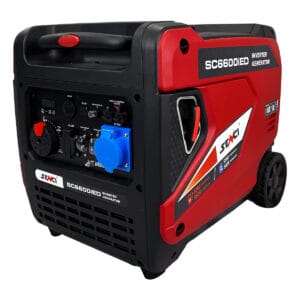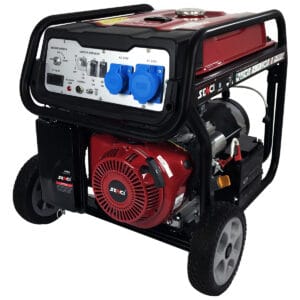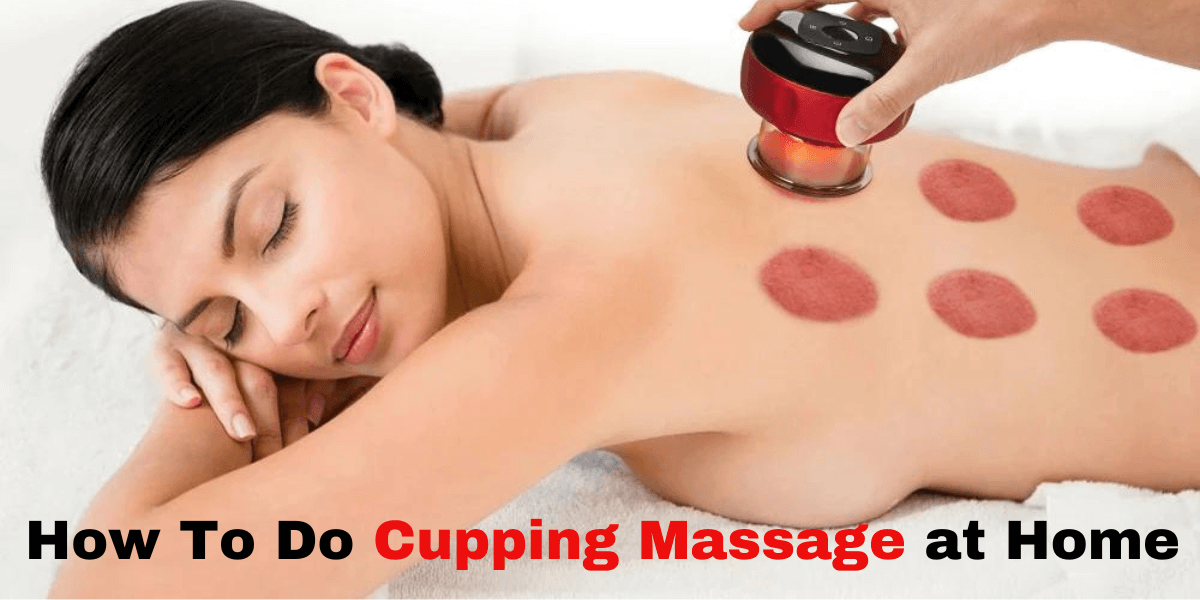
One way to practice cupping massage therapy at home is to learn how to use cups for this purpose. There are different types of cupping techniques, such as acupuncture cupping or massage cupping, that can be used to achieve different goals. It is important to remember that cupping is a complementary therapy and should not replace medical treatment when needed.
Cupping may help with pain relief, relaxation, and improving blood circulation. To perform smart cupping therapy at home, make sure to familiarize yourself with the different techniques and safety precautions involved. It is also recommended to seek guidance from a trained professional before attempting cupping on your own.
By following proper techniques and being informed about the benefits and risks involved, you can effectively practice cupping therapy at home to promote overall wellness and improve your well-being.
Cupping therapy has been gaining popularity as an alternative healing method, and many people are now interested in learning how to do cupping therapy at home. This ancient practice, which originated in traditional Chinese medicine, has been used for centuries to alleviate pain, reduce inflammation, and promote overall well-being.
In this comprehensive guide, we will explore the ins and outs of cupping therapy, including how to perform it safely at home, what to expect before and after treatment, and the meaning behind those mysterious cupping marks.
Understanding Cupping Therapy
Before we dive into the nitty-gritty of at home cupping, take a moment to understand what cupping therapy is all about.
What is Cupping Therapy?
Cupping therapy is a form of alternative medicine that involves placing special cups on the skin to create suction. This suction is believed to increase blood flow, loosen fascia, and promote healing. The cups can be made of various materials, including glass, silicone, or plastic, and can be left in place for several minutes or moved around the body in a massage-like technique.
Benefits of Cupping Therapy
Proponents of cupping therapy claim it can help with a wide range of issues, including:
- Muscle pain and tension
- Back and neck pain
- Headaches and migraines
- Arthritis
- Respiratory conditions
- Skin conditions
- Stress and anxiety
While scientific evidence for these benefits is still limited, many people swear by cupping therapy as an effective way to manage pain and promote relaxation.
Preparing for At Home Cupping
Now that we have covered the basics, get ready to perform cupping therapy at home.
Essential Equipment
To get started with at home cupping, you will need a few key items:
- Cupping set: You can choose between glass cups with a pump, silicone cups, or plastic cups with a suction gun.
- Massage oil or lotion: This helps the cups glide smoothly over your skin.
- Clean towels: For wiping down the area before and after cupping.
- Alcohol wipes: To sanitize your cups between uses.
Choosing the Right Area for Cupping
While cupping therapy can be performed on various parts of the body, some areas are more suitable than others. The most common areas for cupping include:
- Back
- Shoulders
- Neck
- Thighs
- Upper arms
Avoid areas with thin skin, such as the face, or areas with a lot of hair. Also, steer clear of any open wounds, rashes, or inflamed skin.
Step-by-Step Guide to Cupping at Home
Ready to give cupping therapy at home a try? Walk through the process step by step.
Dry Cupping Technique
- Clean the area: Use soap and water to clean the area you’ll be cupping, then pat it dry with a clean towel.
- Apply oil: Massage a small amount of oil or lotion onto the skin to help the cups move smoothly.
- Position the cup: Place the cup on the desired area of your skin.
- Create suction: For glass cups, use the pump to create suction. For silicone cups, simply squeeze and place on the skin. For plastic cups, use the suction gun as directed.
- Leave in place: Allow the cups to remain on your skin for 5-10 minutes. You may feel a tight, pulling sensation, but it shouldn’t be painful.
- Remove the cups: Gently break the seal by pressing down on one side of the cup and slowly lifting it off.
- Aftercare: Clean the area with a warm, damp towel and apply a moisturizer if desired.
Wet Cupping Technique
Wet cupping therapy is a more advanced technique that involves making small incisions in the skin before applying the cups. This method should only be performed by trained professionals, as it carries a higher risk of infection and complications.
Before and After Cupping Therapy
To get the most out of your cupping session, knowing what to do before and after treatment is important.
Pre-Cupping Preparations
- Stay hydrated: Drink plenty of water in the hours leading up to your cupping session.
- Avoid heavy meals: Try not to eat a large meal right before cupping, as it can make you feel uncomfortable.
- Wear loose, comfortable clothing: This will make it easier to access the areas you want to cup.
- Relax: Take a few deep breaths and try to calm your mind before beginning the session.
Post-Cupping Care
After your cupping session, you’ll want to take good care of your skin to promote healing and maximize the benefits.
- Stay warm: Cover the cupped area and avoid exposure to cold air or water for a few hours after treatment.
- Hydrate: Maintain your high water intake to aid in the removal of toxins.
- Rest: Take it easy for the remainder of the day, allowing your body to heal and recover.
- Observe: Pay attention to how your body feels in the days following cupping, and note any changes in pain or tension.
10 Popular Massage Types: Finding the Right One for You
Massages are a wonderful way to relax, ease pain, and improve your overall well-being. With so many different types of massages available, it can be confusing to figure out which one is best for you. In this article, we’ll explore 10 popular types of massages and explain them in simple terms. By the end, you’ll have a better idea of which massage might suit your needs and preferences.
Swedish Massage: The Gentle Relaxer
The most popular kind of massage is Swedish. It’s like the vanilla ice cream of the massage world a classic that most people enjoy. During a Swedish massage, the therapist uses long, smooth strokes, kneading, and circular movements on the top layers of your muscles. This gentle approach is perfect for people who are new to massages or those who just want to relax and de-stress.
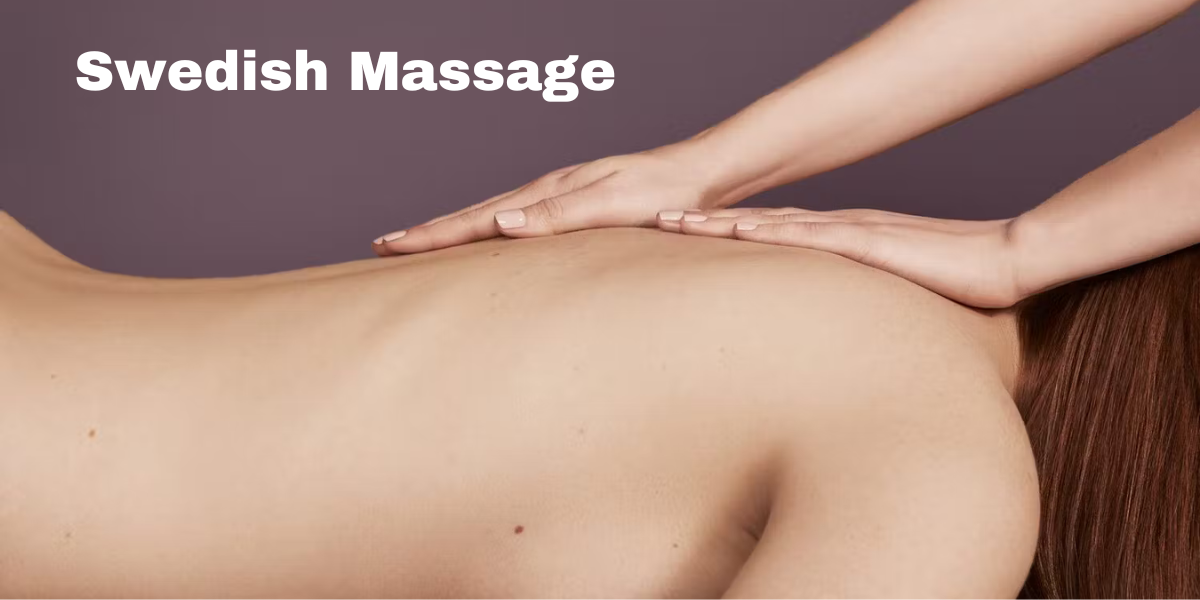
The massage therapist might also use light tapping or chopping motions and bending or stretching your joints. Swedish massage can help you feel less tense, improve your blood flow, and give you an overall sense of calm and well-being. If you’ve had a long, stressful week and just want to unwind, a Swedish massage could be just what you need.
Deep Tissue Massage: For Stubborn Aches
Deep tissue massage is like the tough love of massage types. It’s designed to target those stubborn knots and areas of tension that lie deeper in your muscles and connective tissues. During this massage, the therapist uses slower, more forceful strokes to reach these deeper layers. It might feel more intense than a Swedish massage, and you might even feel a bit sore afterward, but many people find it very effective for chronic pain.

This type of massage is particularly good for stiff necks, lower back tightness, and sore shoulders. It’s also helpful for people recovering from injuries. While it might not be as relaxing as other types of massage, many people find the relief from pain and tension to be well worth it. If you have long-lasting muscle pain or tension that gentler massages haven’t helped, a deep tissue massage might be the solution you’re looking for.
Sports Massage: For Active People
If you’re someone who loves to stay active, whether you’re a serious athlete or a weekend warrior, a sports massage might be perfect for you. This type of massage is specifically designed to help people who are physically active and engage in sports. It combines both deep tissue and Swedish massage techniques, but it is specifically designed to meet the needs of sports. A sports massage can help in several ways: it can help prevent injuries by improving flexibility, reduce the fatigue you might feel after a hard workout or competition, and even enhance your athletic performance.
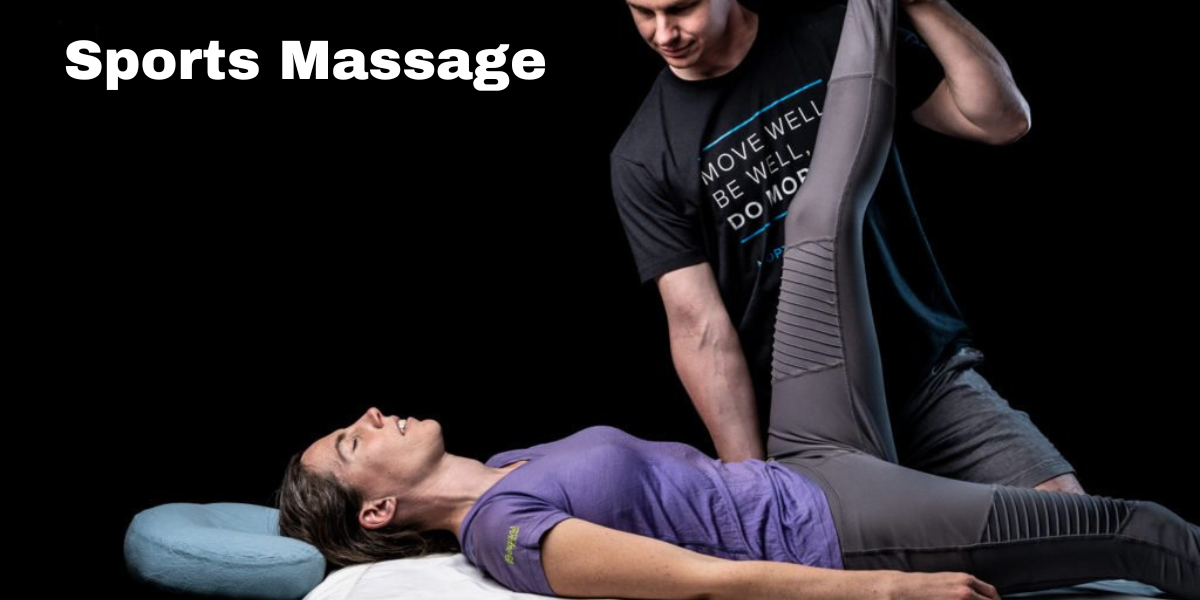
The massage therapist might focus on specific areas of your body that get a lot of stress from your particular sport. For example, a runner might get extra attention on their legs, while a tennis player might have more focus on their arms and shoulders. Sports massage can be done before an event to help you prepare your body, after an event to help with recovery, or regularly as part of your training routine. It’s a great way to keep your body in top shape and ready for your next big game or race.
Hot Stone Massage: Warmth and Relaxation
Imagine lying down and feeling warm, smooth stones placed on different parts of your body. This is what a hot stone massage is all about. This type of massage uses heated stones, usually made of basalt (a type of volcanic rock that retains heat well). The warmth from the stones helps your muscles relax, allowing the massage therapist to work more deeply and effectively without using as much pressure. During the massage, the therapist might place the stones on specific points on your body and leave them there for a while.
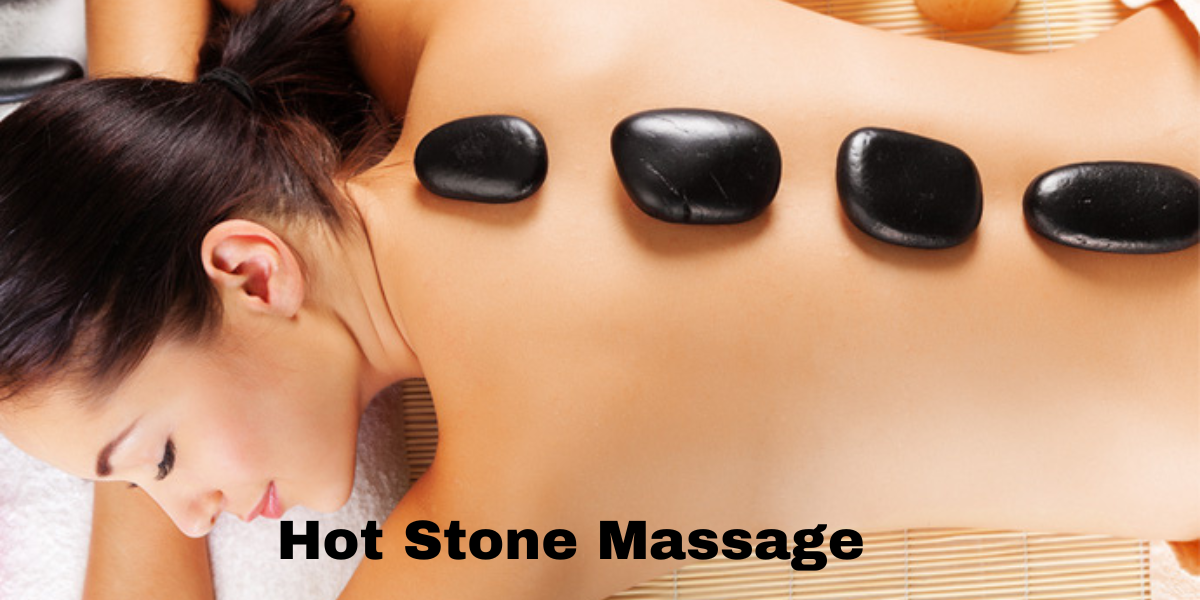
They might also hold the stones and use them to massage your muscles. The heat from the stones can help improve blood flow, ease muscle tension, and promote deep relaxation. Many people find the warmth very soothing and comforting. It’s like getting a regular massage with the added bonus of heat therapy. If you often feel cold or have tense, tight muscles that need some extra help to relax, a hot stone massage could be a great choice for you.
Thai Massage: Stretching and Pressure
Thai massage is quite different from what most people think of as a typical massage. Instead of lying still on a massage table, you’ll be moved into different positions during a Thai massage. It’s sometimes called “lazy person’s yoga” because the therapist moves your body into various stretches. You stay fully clothed for this massage, usually wearing comfortable, loose-fitting clothes. A comfortable mat is placed on floor for the massage.
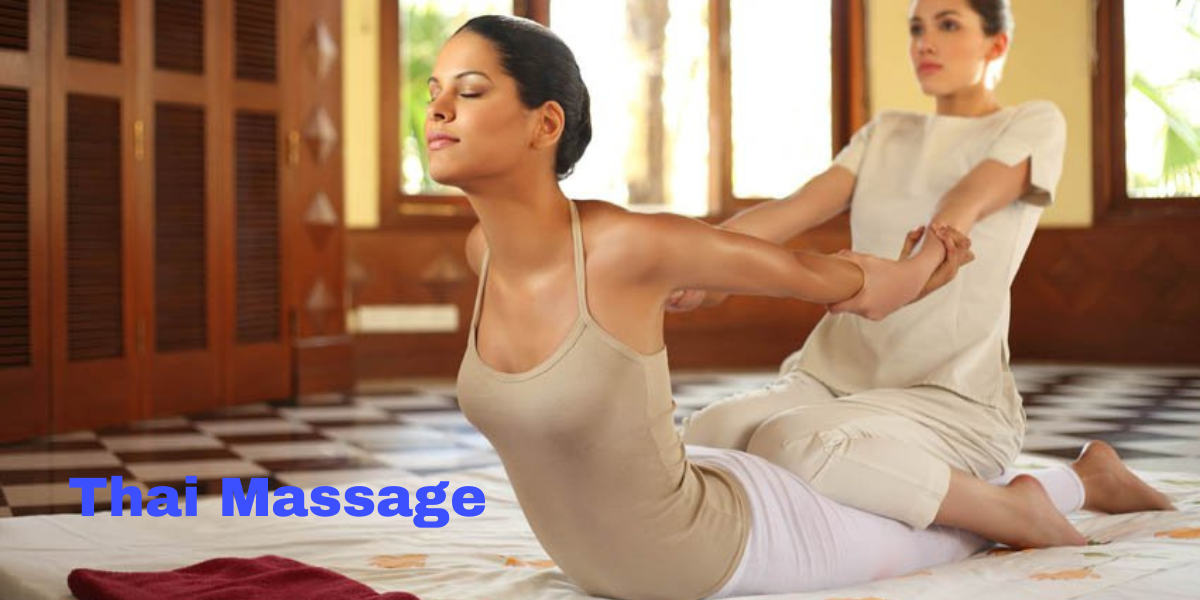
The therapist uses not just their hands, but also their elbows, knees, and feet to apply pressure and stretch your body. They’ll work to open your joints and stretch your muscles in ways you might not be able to do on your own. Thai massage is based on the idea of energy lines running through the body, and the therapist works to clear any blockages in these lines.
While it might not be as relaxing as other types of massage, many people feel energized and more flexible after a Thai massage. If you’re looking for something that’s part massage, part stretching session, and leaves you feeling loose and limber, Thai massage might be just the thing for you.
Shiatsu Massage: Finger Pressure Therapy
Shiatsu is a Japanese massage technique that literally means “finger pressure.” In this type of massage, the therapist uses their fingers, thumbs, and palms to apply pressure to specific points on your body. It’s based on the idea that we have life energy flowing through our bodies, and sometimes this energy can get blocked, causing pain or illness.
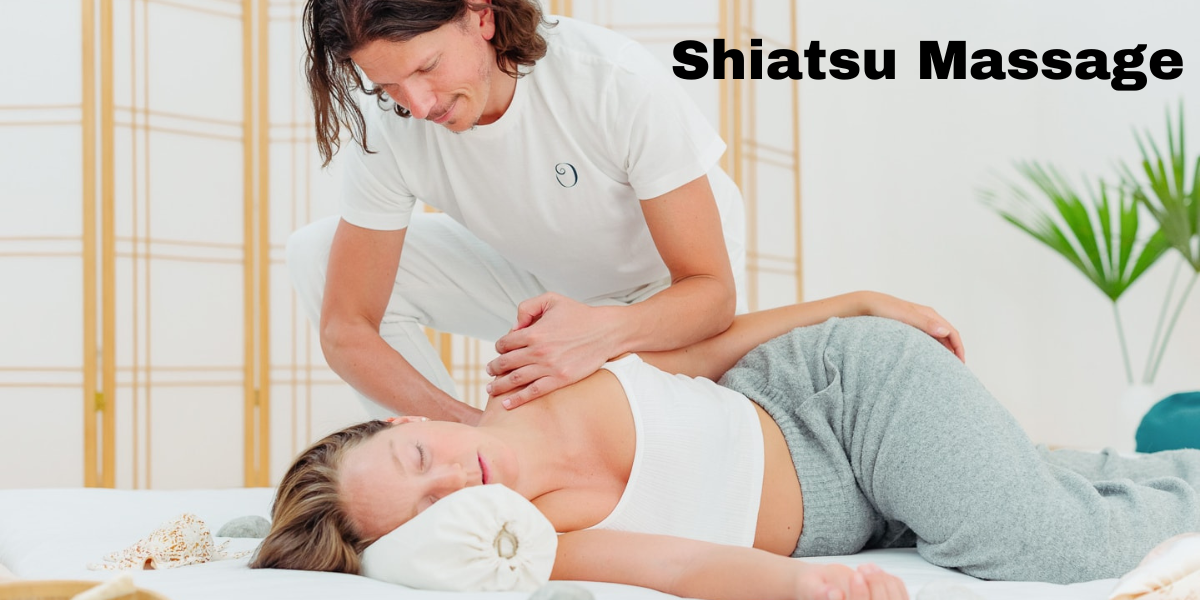
The goal of Shiatsu is to remove these blockages and get your energy flowing smoothly again. During a Shiatsu massage, you’ll usually lie on a soft mat on the floor, fully clothed. The therapist will use rhythmic, dancing-like movements as they apply pressure. They might also use gentle stretches or joint rotations. Unlike some other massages, Shiatsu doesn’t use oils, and the pressure is applied through your clothes.
Many people find Shiatsu deeply relaxing and energizing at the same time. It’s great for reducing stress, relieving headaches, and easing muscle tension. If you’re interested in alternative therapies or like the idea of energy work, Shiatsu could be a great massage to try.
Aromatherapy Massage: Smell-Good Relaxation
Aromatherapy massage combines the power of touch with the benefits of essential oils. In this type of massage, the therapist uses massage oils that have been mixed with essential oils highly concentrated plant oils that have different scents and properties. The idea is that you not only benefit from the physical massage but also from breathing in these special scents.
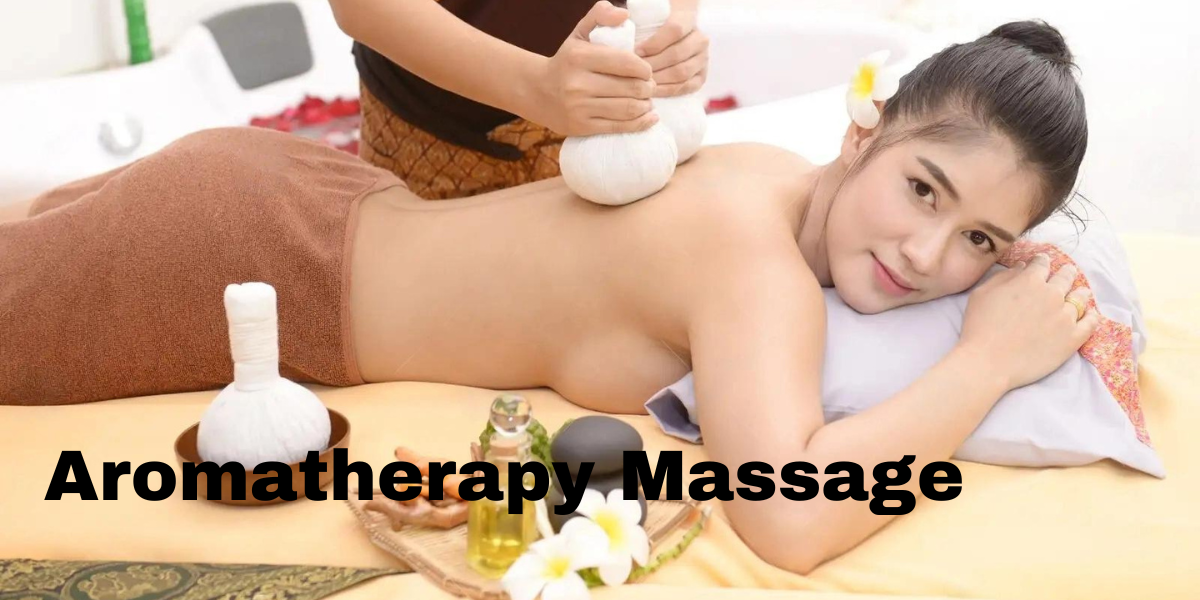
Different oils are used for different purposes of massage. For example, lavender is often used for relaxation, while peppermint might be used for energy. During an aromatherapy massage, you’ll usually have a gentle, Swedish-style massage while the scented oils are applied to your skin. The massage strokes are typically light and flowing.
As you relax and breathe deeply, you’ll inhale the aromatic oils, which can affect your mood and emotions. Many people find aromatherapy massage deeply relaxing and uplifting. It’s a great choice if you’re feeling stressed, having trouble sleeping, or just want to indulge in a multi-sensory relaxation experience. Just be sure to let your therapist know if you have any allergies or sensitivities to certain scents.
Reflexology: Foot Focus
Reflexology is a unique type of massage that focuses mainly on your feet, although sometimes it can include your hands and ears too. The idea behind reflexology is that different areas of your feet correspond to different parts of your body and internal organs. By applying pressure to specific points on your feet, a reflexologist aims to affect the corresponding body parts and promote healing throughout your entire system.

During a reflexology session, you’ll usually sit in a comfortable reclining chair with your feet elevated. The reflexologist will start by relaxing your feet with some gentle massage, then begin to apply pressure to specific reflex points. Some areas might feel a bit tender, but overall, most people find reflexology very relaxing. Many people report feeling very calm and even sleepy during and after a session.
Reflexology is often used to reduce stress, improve circulation, and promote overall relaxation. It’s a good choice if you’re on your feet a lot, if you enjoy foot massages, or if you’re interested in alternative healing techniques that take a whole-body approach.
Prenatal Massage: For Expecting Moms
Pregnancy can be a wonderful experience, but it often comes with its share of aches and pains. That’s where prenatal massage comes in. This type of massage is specifically designed for pregnant women, taking into account the changes their bodies are going through. During a prenatal massage, you’ll usually lie on your side or in a semi-reclining position, supported by pillows to ensure your comfort and safety.
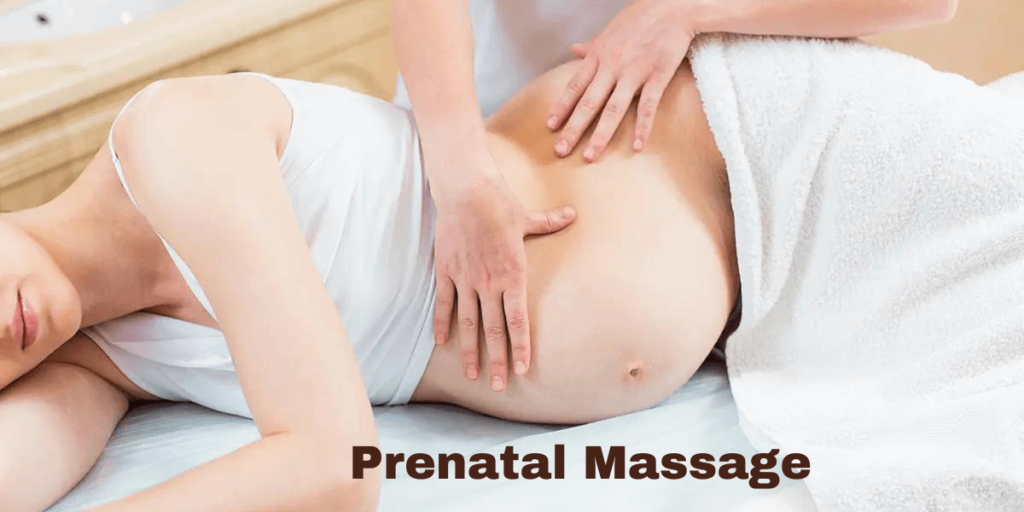
The massage therapist will use gentle techniques to help relieve some of the discomforts of pregnancy, like lower back pain, swollen ankles, and headaches. They will avoid certain areas and techniques that aren’t safe during pregnancy. Prenatal massage can help improve circulation, reduce swelling, and relieve muscle and joint pain.
Many women also find it helps with the stress and anxiety that can come with pregnancy. It’s a wonderful way for expectant mothers to relax and take some time for themselves. If you’re pregnant and considering a massage, always check with your healthcare provider first, and make sure to go to a massage therapist who is trained in prenatal massage techniques.
Lymphatic Drainage Massage: Gentle Health Boost
Lymphatic drainage massage is a very gentle type of massage that aims to help your body remove excess fluids and waste products. Your lymphatic system is a network of vessels and nodes that helps filter out toxins and fight infection. Sometimes, this system can get sluggish or blocked, leading to swelling and other health issues.
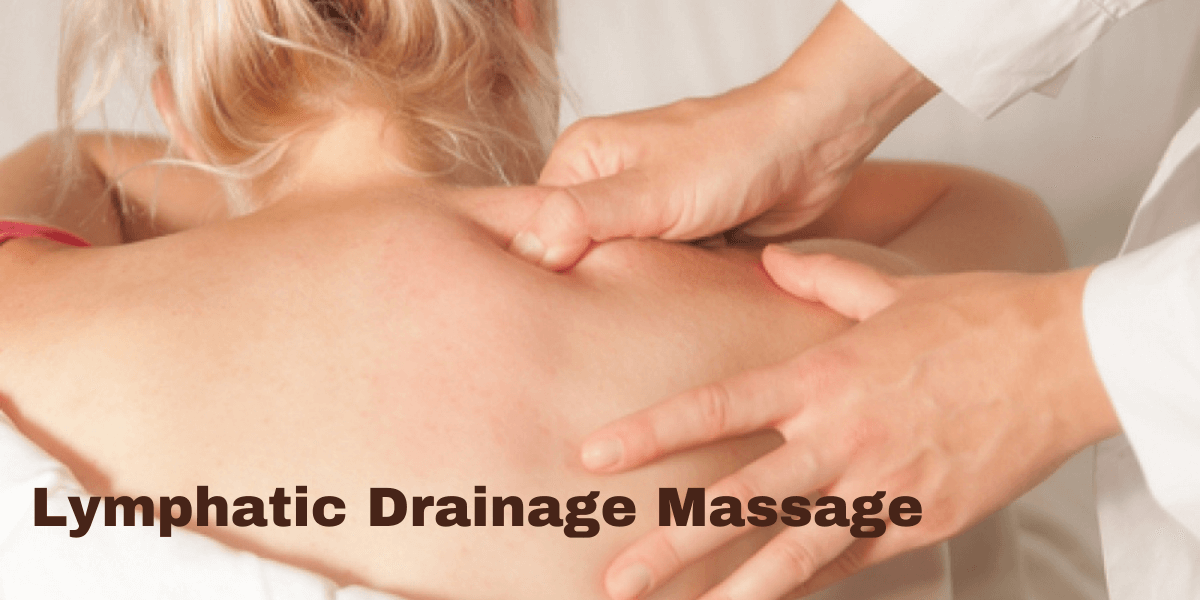
During a lymphatic drainage massage, the therapist uses very light, rhythmic strokes to encourage the flow of lymph fluid through your body. It’s so gentle that you might wonder if anything is happening at all, but many people report feeling lighter and less puffy after a session. This type of massage is particularly helpful for people with lymphedema (chronic swelling), but it can also be beneficial for people with fibromyalgia, chronic fatigue syndrome, or those recovering from certain surgeries.
Some people also use it as a way to support their immune system or as part of a detoxification program. While it might not feel as immediately satisfying as a more vigorous massage, many people appreciate the subtle but powerful effects of lymphatic drainage massage.
Choosing the Right Massage for You
When selecting a massage type, consider your specific needs and preferences. Are you wanting to become more relaxed, relieve pain, or become a better sport? Do you prefer gentle touch or deeper pressure? Are you interested in energy work or aromatherapy?
It’s also important to communicate with your massage therapist about your expectations, any health concerns, and your comfort level. Many therapists are trained in multiple techniques and can customize your session to address your unique needs.
What Not to Do After Cupping
To ensure the best results and avoid any potential complications, there are a few things you should avoid after cupping therapy:
- Don’t take a hot shower or bath immediately after cupping. Wait at least a few hours to allow your skin to recover.
- Avoid strenuous exercise or activities that cause excessive sweating for 24 hours after cupping.
- Don’t consume alcohol or caffeine in the hours following your cupping session, as these can dehydrate you.
- Refrain from applying ice to the cupped area, even if it feels sore. Instead, use gentle heat if needed.
- Don’t pick at or scratch the cupping marks, as this can lead to irritation or infection.
What to Do After Cupping
Now that we’ve covered what not to do, let’s focus on the positive actions you can take after cupping:
- Gently massage the treated area with a natural oil to promote circulation and reduce any lingering tension.
- Apply a warm compress to soothe any soreness or discomfort.
- Practice light stretching or gentle yoga to keep your muscles flexible and promote blood flow.
- Eat a healthy, balanced meal to provide your body with the nutrients it needs for healing.
- Get a good night’s sleep to allow your body to rest and recover fully.
Cupping Color Meaning
One of the most intriguing aspects of cupping therapy is the colorful marks it leaves behind. These marks can provide valuable information about your body’s condition. Colors are in Smart cupping therapy massage devices.
Understanding Different Cupping Marks
Cupping marks can vary in size, shape, and color. They typically last anywhere from a few days to a couple of weeks, depending on the intensity of the treatment and your body’s healing process.
Interpreting Cupping Colors
The color of your cupping marks can give you insights into your body’s state of health:
- Light pink: Indicates good overall health and circulation.
- Red: Suggests heat in the body or recent physical activity.
- Dark red or purple: May indicate stagnation or long-term tension in the area.
- Blue or black: Could signify deep-seated stagnation or chronic pain.
- Brown or yellow: Often appears as the marks are healing and fading.
These color interpretations are based on traditional Chinese medicine principles and are not scientifically proven. Always consult with a healthcare professional if you have concerns about your cupping marks.
Potential Risks and Precautions
While cupping is generally considered safe when performed correctly, there are some risks to be aware of:
- Bruising and soreness: This is normal and usually subsides within a few days.
- Burns: Improper use of fire cupping can lead to burns.
- Skin infections: Poor hygiene or wet cupping can increase the risk of infection.
- Dizziness or lightheadedness: Some people may feel faint during or after cupping.
To minimize these risks, always follow proper hygiene practices, start with gentle suction, and listen to your body. Before attempting cupping at home, find out if you are pregnant or have any underlying medical conditions.
Conclusion
Cupping therapy at home can be a valuable addition to your self-care routine when done safely and correctly. By following this comprehensive guide, you’ll be well-equipped to perform basic cupping techniques at home, understand what to expect before and after treatment, and interpret those mysterious cupping marks. Remember to start gently, pay attention to your body’s responses, and consult with a professional if you have any concerns. With practice and patience, you may find that cupping becomes an essential tool in your wellness arsenal, helping you manage pain, reduce stress, and promote overall health and vitality.
Frequently Asked Questions
How often should I do cupping at home?
For beginners, start with once a week and gradually increase frequency as your body adjusts. Listen to your body and don’t overdo it.
Can I cup over varicose veins or spider veins?
It’s best to avoid cupping directly over varicose veins or spider veins, as this could potentially worsen the condition. Always cup with caution in these areas.
Is it normal for cupping to leave marks that look like bruises?
Yes, it’s normal for cupping to leave circular marks that may look like bruises. These are not actually bruises but rather a result of the suction bringing blood to the surface of the skin.
Can I do cupping if I’m taking blood thinners?
If you’re taking blood thinners, it’s crucial to consult with your healthcare provider before trying cupping, as it may increase the risk of bruising or bleeding.
How long should I wait to shower after cupping?
It’s best to wait at least a few hours after cupping before showering. When you do shower, use lukewarm water rather than hot water to avoid irritating the cupped areas.
